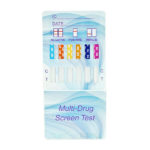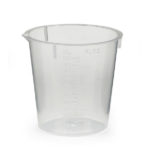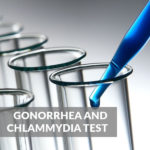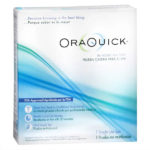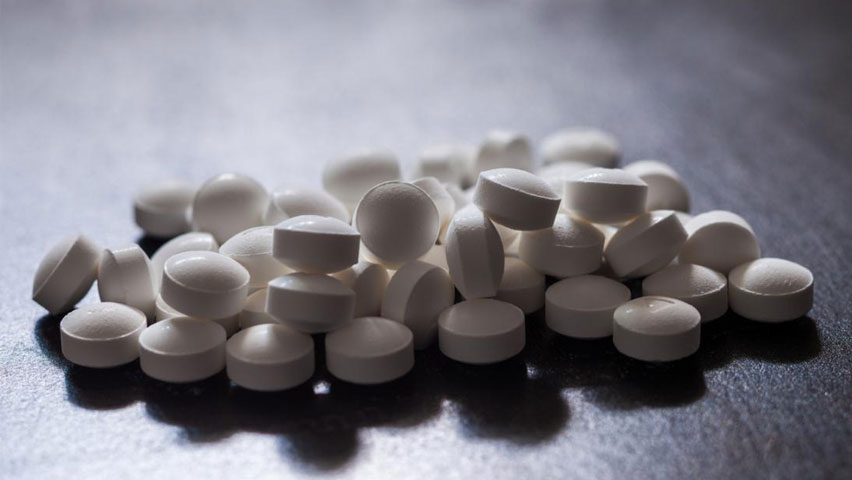
Amphetamine (alpha-methylphenathylamine) is powerful central nervous system (CNS) stimulant used in the treatment of attention deficit hyperactivity disorder (ADHD) and narcolepsy. It is also used as a cognitive and performance enhancer and recreationally as an aphrodisiac and a euphoric stimulant. In therapeutic doses, amphetamine improves cognitive abilities, reduces reaction time, fights fatigue and increases muscle strength. Much larger doses can trigger rapid muscle breakdown and impair cognitive function. Extremely high doses can result in psychosis. Examples of prescribed amphetamines are Adderall and Dexedrine.
Abuse and Detection
Although amphetamine is considered less of an abuse problem than methamphetamine, it is more readily available through legitimate prescription sources. It cannot be smoked like meth, so the preferred method of abuse is oral ingestion, crushing and snorting, or dissolving and injection. Pf particular concern is the availability youth and tends because of its prescribing for ADHD.
Common street names:
Uppers, speed, black beauties, meth, whites, jelly beans, dexies, crank, white cross, benny, crystal
Symptoms of Abuse:
Increased alertness, insomnia, loss of appetite, euphoria, dilated pupils, increased body temperature and respirations, aggression, anxiety, paranoia
Testing Medium:
Urine and oral fluid
Medical Dangers (including withdrawal effects):
Nausea and vomiting, dizziness, headache, confusion, chest pain, arrhythmia, dehydration, seizures, coma, death
Window of Detection
Urine 2-4 days; oral fluid 1-3 days; hairup to 90 days, depending on hair length

